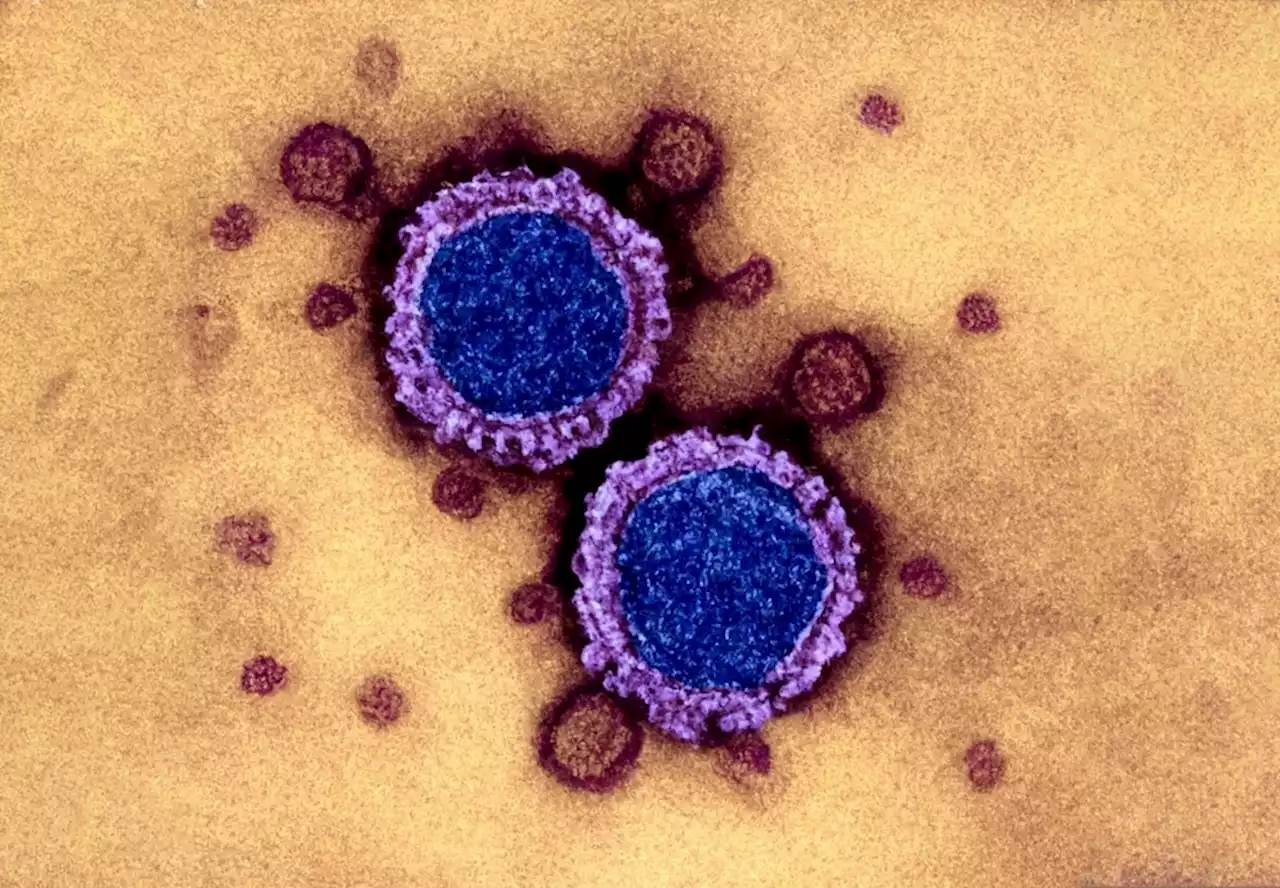Are Mexican free-tailed bats a SARS-CoV-2 reservoir? biorxivpreprint USGS SARSCoV2 COVID19 MexicanFreeTailedBat Bats
By Shanet Susan AlexJul 21 2022Reviewed by Aimee Molineux In a recent article posted to the bioRxiv* preprint server, investigators analyzed whether Mexican free-tailed bats were a severe acute respiratory syndrome coronavirus 2 reservoir.
Notably, concerns have been expressed that SARS-CoV-2 would spread to new hosts and infect bats and other wildlife species in North America. Large colonies of Mexican free-tailed bats ) are found in the southern United States , frequently in populated regions. As a result, they may come into contact with SARS-CoV-2 through infected people. Since they are migratory species, this species may carry SARS-CoV-2 from or to South and Central America if they are susceptible to it.
A competitive enzyme-linked immunosorbent assay was utilized to detect SARS-CoV-2 antibodies. The scientists monitored clinical signs of SARS-CoV-2 infection throughout the three-week study duration among the animals. They also conducted histopathologic and postmortem examinations. The utilized inoculum titer, i.e., 105 median tissue culture infectious dose /dose, was probably close to the 50% infectious dose for TABR since five of the ten, or 50%, inoculated bats were virus-infected. Yet, the highest viral concentration excreted by infected bats was within 103 to 104 TCID50 equivalents/ml. Therefore, contact transmission of SARS-CoV-2 between TABR would be improbable based on these data.
Another observation was that the SARS-CoV-2 infection in TABR did not appear to have any noticeable adverse health impacts. Although it was uncertain if infected wild bats would have impaired ability to provide maternal care, scavenge for food, or conduct other life activities, the research findings suggest that TABR populations were probably not at risk from the COVID-19 pandemic.
Canada Latest News, Canada Headlines
Similar News:You can also read news stories similar to this one that we have collected from other news sources.
 What is the impact of SARS-CoV-2 variant booster vaccinations?What is the impact of SARS-CoV-2 variant booster vaccinations? medrxivpreprint UofR SARSCoV2 COVID19 Booster Vaccination
What is the impact of SARS-CoV-2 variant booster vaccinations?What is the impact of SARS-CoV-2 variant booster vaccinations? medrxivpreprint UofR SARSCoV2 COVID19 Booster Vaccination
Read more »
 Molnupiravir does not induce resistance mutations in SARS-CoV-2 genomeA new study has pointed out that Molnupiravir treatment increases the ratio of transition to transversion mutations in COVID-19 patients and that the treatment does not appear to induce resistance mutations in the SARS-CoV-2 genome.
Molnupiravir does not induce resistance mutations in SARS-CoV-2 genomeA new study has pointed out that Molnupiravir treatment increases the ratio of transition to transversion mutations in COVID-19 patients and that the treatment does not appear to induce resistance mutations in the SARS-CoV-2 genome.
Read more »
 High-level resistance of SARS-CoV-2 BA.4 against neutralizing antibodiesHigh-level resistance of SARS-CoV-2 BA.4 against neutralizing antibodies Antibodies Coronavirus Disease COVID SARSCoV2 Vaccine FcEffector biorxivpreprint nicd_sa WitsUniversity UPTuks UCT_news CAPRISAOfficial
High-level resistance of SARS-CoV-2 BA.4 against neutralizing antibodiesHigh-level resistance of SARS-CoV-2 BA.4 against neutralizing antibodies Antibodies Coronavirus Disease COVID SARSCoV2 Vaccine FcEffector biorxivpreprint nicd_sa WitsUniversity UPTuks UCT_news CAPRISAOfficial
Read more »
 What is the role of a niclosamide-based organic/inorganic hybrid in the suppression of SARS-CoV-2 infections?A new study involved the preparation of NIC-MgO and NIC-MgO-HPMC by solid-state intercalation reaction followed by cetrimonium bromide (CTAB) stabilized NIC-MgO and MgO Nanoparticles (NP) preparation.
What is the role of a niclosamide-based organic/inorganic hybrid in the suppression of SARS-CoV-2 infections?A new study involved the preparation of NIC-MgO and NIC-MgO-HPMC by solid-state intercalation reaction followed by cetrimonium bromide (CTAB) stabilized NIC-MgO and MgO Nanoparticles (NP) preparation.
Read more »
 SARS-CoV-2 host-shutoff impacts innate NK cell functions, but antibody-dependent NK activity is strongly activated through non-spike antibodiesSARS-CoV-2 host-shutoff inhibits innate NK surveillance by suppressing activating ligands, however ADCC provides a potent NK stimulus that is mediated by antibodies targeting Nucleocapsid, ORF3a, and Membrane, with those targeting Spike being significantly weaker.
SARS-CoV-2 host-shutoff impacts innate NK cell functions, but antibody-dependent NK activity is strongly activated through non-spike antibodiesSARS-CoV-2 host-shutoff inhibits innate NK surveillance by suppressing activating ligands, however ADCC provides a potent NK stimulus that is mediated by antibodies targeting Nucleocapsid, ORF3a, and Membrane, with those targeting Spike being significantly weaker.
Read more »
 What is the impact of SARS-CoV-2 variant booster vaccinations?What is the impact of SARS-CoV-2 variant booster vaccinations? medrxivpreprint UofR SARSCoV2 COVID19 Booster Vaccination
What is the impact of SARS-CoV-2 variant booster vaccinations?What is the impact of SARS-CoV-2 variant booster vaccinations? medrxivpreprint UofR SARSCoV2 COVID19 Booster Vaccination
Read more »
